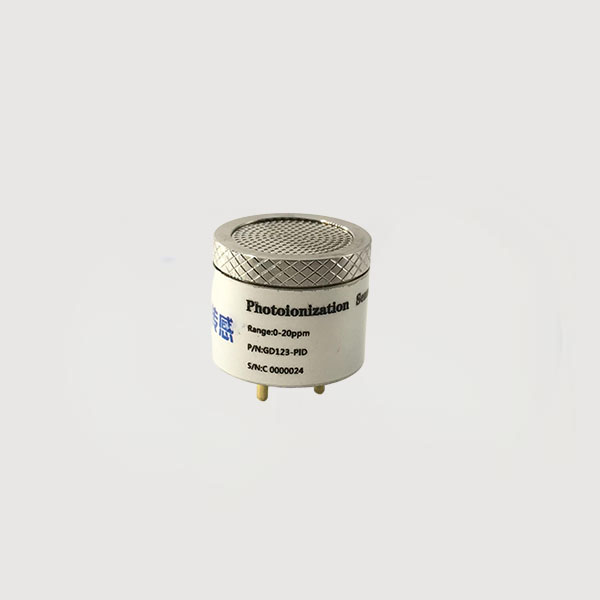

 News
News Industry News
Industry News As modern industrial production accelerates, the potential hazards posed by volatile organic compounds (VOCs) have become a focus of public attention. These invisible health hazards are prevalent in chemical plants, printing plants, coating lines, and even newly constructed office spaces. Long-term exposure to these substances can lead to serious health problems, ranging from respiratory irritation to cancer. Handheld VOC detectors safeguard workplace safety and provide a strong first line of defense against these hazards.
1. VOC Hazards: A Workplace Threat That Cannot Be Ignored
According to authoritative industry research data, VOCs refer to organic chemicals that are easily volatile at room temperature and are widely present in many industrial raw materials such as paints, adhesives, detergents, and fuels. Workers who are exposed to high-concentration VOC environments for a long time are very likely to experience symptoms such as headaches, nausea, and irritation of the eyes, nose, and throat. In severe cases, it is more likely to cause liver damage, damage to the central nervous system, and even induce certain malignant tumors.
Data from the "White Paper on VOC Pollution in China's Industrial Environment" shows that in factories that have not taken effective monitoring measures, the proportion of VOC exceeding the standard is as high as 34.7%, among which the exceeding of standards in the coating, printing, and chemical industries is particularly prominent. These shocking data remind us all the time that VOC monitoring in the work environment is by no means an optional link, but an indispensable and important part of the occupational health and safety management system.
2. Analysis of Industry Application Scenarios
Handheld VOC detectors (PIDs) are primarily used to detect various volatile organic compounds (VOCs) and some other gases. Specific application scenarios are as follows:
VOCs in Industrial Waste Gas
Many industrial production processes, such as chemical, printing, electronics, and coating, emit waste gases containing various VOCs, such as benzene, toluene, xylene, acetone, butanone, and formaldehyde. PIDs can quickly and accurately measure the concentration of VOCs in these waste gases, helping companies and environmental protection departments monitor compliance with waste gas emission standards in real time and promptly identify potential leaks, enabling swift and effective remediation measures to minimize environmental pollution. For example, a PID detector discovered a pipe leak during the production process at a chemical company, preventing the release of large amounts of harmful waste gases.
VOCs in Indoor Air
In newly renovated homes and offices, building materials, furniture, paints, glues, and other materials continuously release VOCs. PIDs can be used to accurately measure the levels of harmful VOCs, such as formaldehyde and benzene, in indoor air, enabling scientific assessment of indoor air quality and ensuring public health. Taking the air quality inspection after renovation as an example, PID can quickly give an approximate concentration of VOCs, providing important evidence for whether further treatment is needed. If the test results show that the formaldehyde concentration exceeds the standard, ventilation and the use of air purifiers will be necessary for treatment.
VOCs in the ambient air
In urban environments, motor vehicle exhaust emissions, oil and gas volatilization from gas stations, road and building construction, and other activities all emit VOCs into the atmosphere. PID can conduct real-time dynamic monitoring of VOCs in the air in outdoor environments, helping us to promptly understand the concentration levels and changing trends of VOCs in the ambient air, providing detailed data support for air pollution prevention and control work, and helping relevant departments to formulate more targeted prevention and control strategies.
3. PID Photoion Sensor in Handheld VOC Detector

Our Tensensor's GD-PID sensor can fully meet the various application needs in the market with their rich and diverse detection ranges, different price positioning and unique specific functions. Whether it is a scientific research experiment with extremely high detection accuracy requirements or a daily monitoring of industrial production focusing on cost control, you can find a product that is suitable for it.
If you have any needs of PID sensors, welcome to contact us for more details~